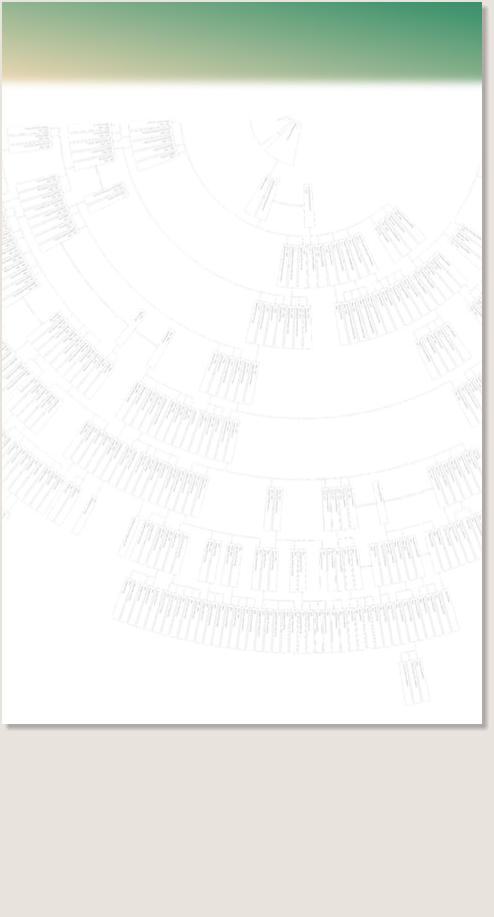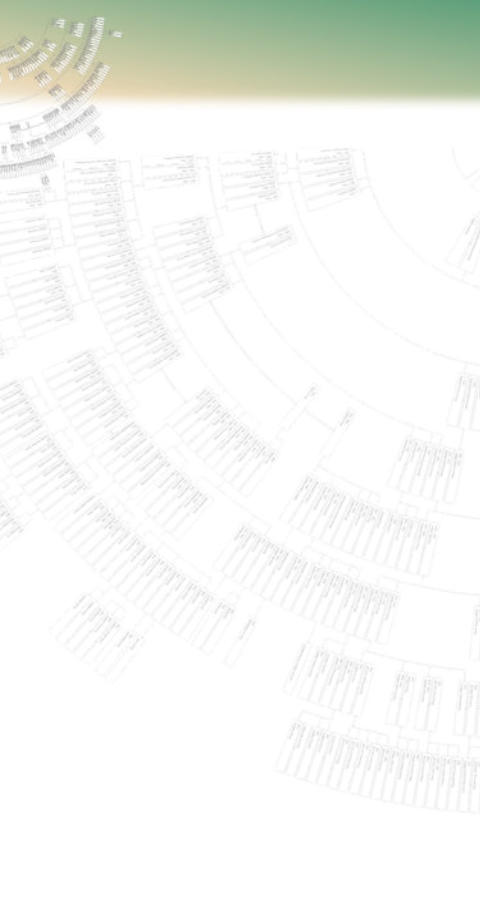
All Rights Reserved © KBZ 2021 - Last updated: 28 April 2023

About the Family‘s History
End
of
the
16th
Century
until
the
18th
Century,
Poland
and
in
particular
the
Province
of
Posen,
experienced
a
wave
of
immigration from western territories.
The
first
new
settlers
were
Dutch
(‚Holländer‘),
Polish
‚Olendry‘
or
‚Olendrowie‘,
in
latin
documents
referred
to
as
‚Hollandones‘,
expelled
from
their
home
country
due
to
religious
persecution,
wages
and
taxes
and
warlike
conflicts
(for
example Alba‘s war in the Netherlands in 1620), who wanted to start another life in this region.
The
stream
of
immigrants
moved
from
the
lowlands
of
the
river
Weichsel
upstream
to
the
river
Netze,
from
there
into
the
lowlands of river Warthe, the rivers Obra and Warthe upstream to Wolhynien.
One
settled,
applying
Dutch
standards,
in
long
stretched
marsh-
and
woodland
like
villages,
but
also
on
stand-alone
farms.
400 such villages, led by elected mayors (‚Schulzen‘), did exist at that time in the Province of Posen.
Swamplands
were
drained
and
forest
hills
cleared
in
order
to
gain
fertile
acres
and
meadows.
The
leased
property,
usually
approximately
one
‚Hufe‘
(16.8
hectares),
according
to
the
origin
of
the
settlers,
was
called
‚‚Holländer‘
or
‚Holland‘,
later
also
‚Hauland‘.
In cities and on the countryside, many schools were erected, directed by German teachers from Slesia and Saxonia.

Excursus - The Society in Poland and in the Province of Posen until 1800

















All Rights Reserved © KBZ 2021 - Last updated: 28 April 2023














End
of
the
16th
Century
until
the
18th
Century,
Poland
and
in
particular
the
Province
of
Posen,
experienced
a
wave
of
immigration
from western territories.
The
first
new
settlers
were
Dutch
(‚Holländer‘),
Polish
‚Olendry‘
or
‚Olendrowie‘,
in
latin
documents
referred
to
as
‚Hollandones‘,
expelled
from
their
home
country
due
to
religious
persecution,
wages
and
taxes
and
warlike
conflicts
(for
example
Alba‘s
war
in
the
Netherlands
in
1620), who wanted to start another life in this region.
The
stream
of
immigrants
moved
from
the
lowlands
of
the
river
Weichsel
upstream
to
the
river
Netze,
from
there
into
the
lowlands
of
river Warthe, the rivers Obra and Warthe upstream to Wolhynien.
One
settled,
applying
Dutch
standards,
in
long
stretched
marsh-
and
woodland
like
villages,
but
also
on
stand-alone
farms.
400
such
villages,
led
by
elected
mayors
(‚Schulzen‘),
did
exist
at
that
time
in
the
Province
of Posen.
Swamplands
were
drained
and
forest
hills
cleared
in
order
to
gain
fertile
acres
and
meadows.
The
leased
property,
usually
approximately
one
‚Hufe‘
(16.8
hectares),
according
to
the
origin
of
the
settlers,
was
called ‚‚Holländer‘ or ‚Holland‘, later also ‚Hauland‘.
In
cities
and
on
the
countryside,
many
schools
were
erected,
directed
by German teachers from Slesia and Saxonia.
About the Family‘s History
E x c u r s u s
The Society in Poland and the Province of Posen until 1800
































